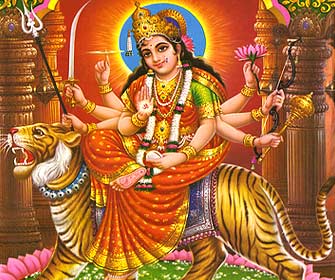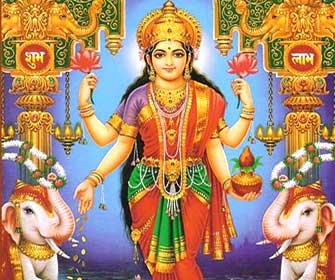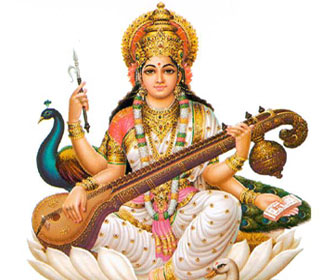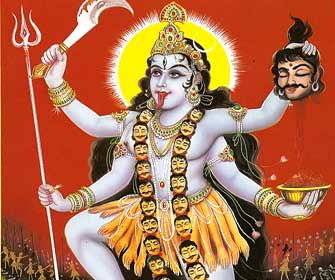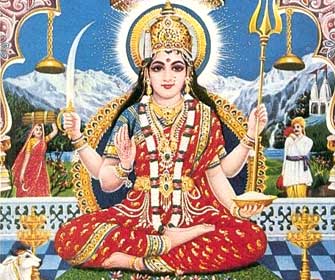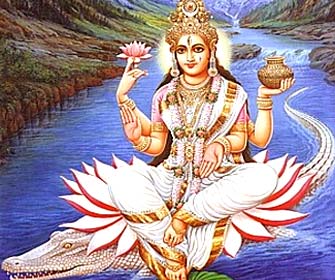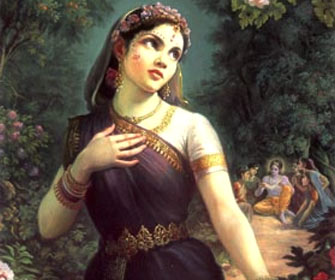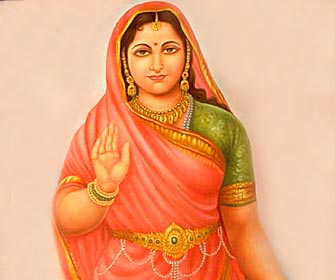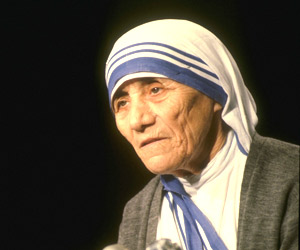"Om Shanti Om" is one of the Vedic Mantras. It has religious and philosophical meaning. Om is the symbol of the Hindu. It is believed to be a sound of the whole cosmic manifestation. Shanti is "Peace". 'Om Shanti' means peace for all human kind, peace for all living and non living beings, peace for the universe, peace for each and every thing in this whole cosmic manifestation. Hindus not only pray for their group or for themselves, they pray for every one and every thing and that is what Vedas teach us to do. This is our final production for World Tour: INDIA 2011. Om Shanti Om.
In Hindu religion, there are many gods. Here we will discuss some of the popular Hindu gods.
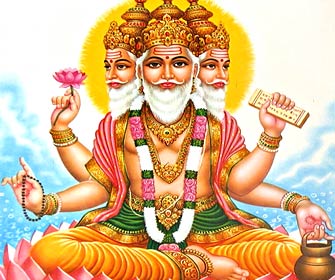 Brahma, the Creator
Brahma, the Creator Brahma is considered as the first god of the Hindu Trinity, the other being Vishnu and Shiva. Lord Brahma is recognized as the creator of the Universe. Brahma is regarded as the Supreme Being, the god of gods. Lord Brahma is the originator and the generator of the mankind.
Lord Bhairav is considered to be the incarnation (Avatar) of Lord Shiva. In the contemporary times, Bhairav has been worshipped by millions of people to get the powerful blessings from the god. Bhairav is a fierce form of Shiva.
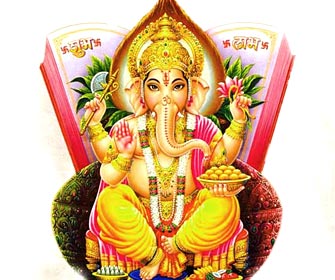 Ganesha
GaneshaLord Ganesha is the god of beginnings, knowledge, wisdom, intellect and eradicator of obstacles. Lord Ganesha is the child of lord Shiva and goddess Parvati. He is the elder brother of lord Kartikay (Skanda/ Murugana). Ganesha is the most extensively worshipped god in Hindu way of life.
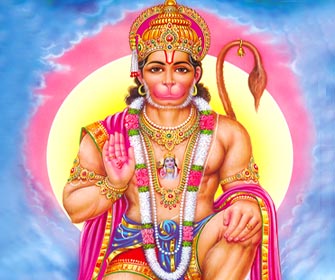 Lord Hanuman
Lord Hanuman Hanuman is considered to be an avatar (incarnation) of Lord Shiva. Shri Hanuman, a great disciple of Sri Rama, is the symbol of devotion and dedication. Lord Hanumana is the provider of courage, hope, knowledge, intellect and devotion.
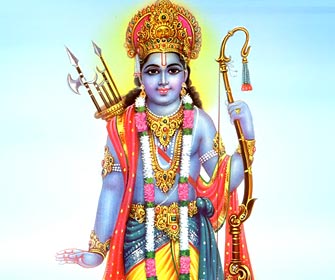 Lord Rama
Lord RamaLord Rama is known as the seventh incarnation of Lord Vishnu. Rama, the perfect avatar of the Supreme Protector Vishnu, has always been popular among the Hindu deities. Rama is the symbol of courtesy and virtue, a man of values and morals.
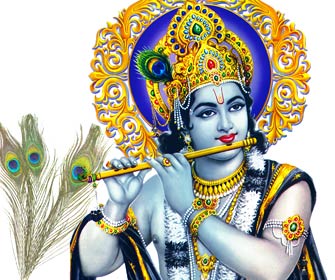 Lord Krishna
Lord KrishnaLord Krishna is one of the most popular and worshipped deities of the Hindu religion. Krishna is considered as the eighth avatar of Lord Vishnu, the divine. Shri Krishna is the very embodiment of love and divine ecstasy that destroys all pain and offense.
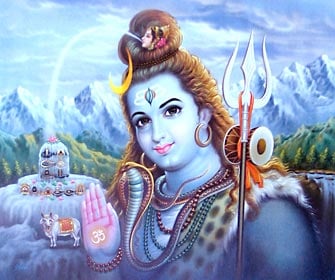 Shiva, the Destroyer
Shiva, the DestroyerLord Shiva or Siva is considered as the destroyer of the world. Shiva is one of the most popular gods of the Hindu religion. Lord Siva forms the part of the Trimurti (Trinity), the other being Brahma, the creator and Vishnu, the preserver respectively.
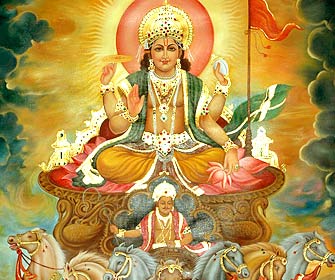 Surya
SuryaThe Sun God As per the Hindu Religion, Surya symbolizes the Sun God. Surya is considered as the only visible form of God that can be seen every day. God Surya is regarded as an aspect of Shiva and Vishnu by Shaivites and Vaishnavas.
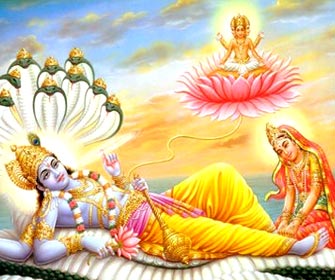 Vishnu, the Preserver
Vishnu, the PreserverLord Vishnu is considered as the chief god in Hindu religion and Indian mythology. Vishnu, the preserver, forms the part of the trinity while the other two being Brahma and Shiva, respectively, as the creator and destroyer of the universe.
